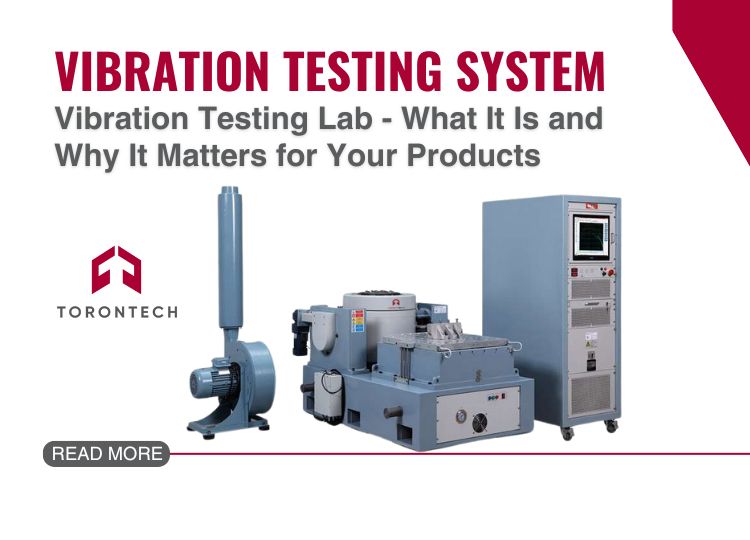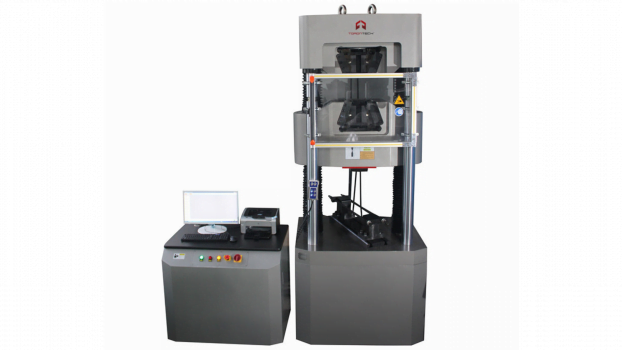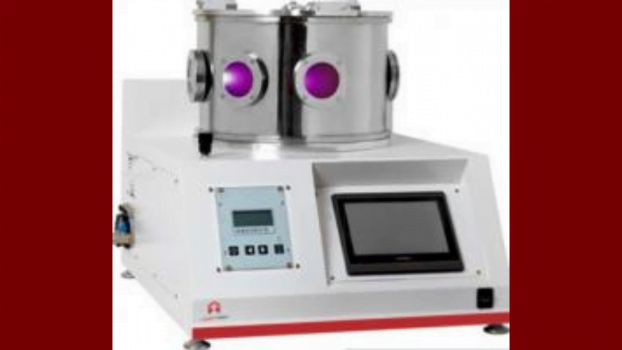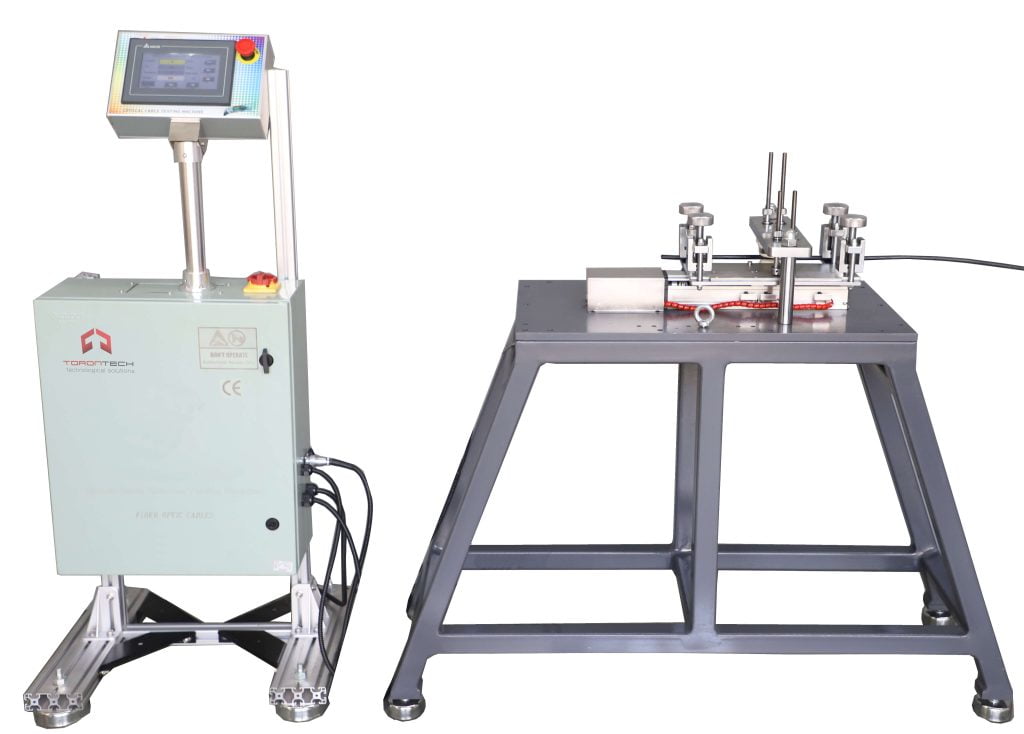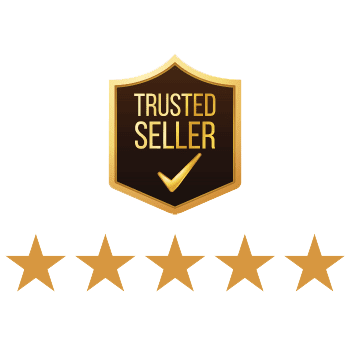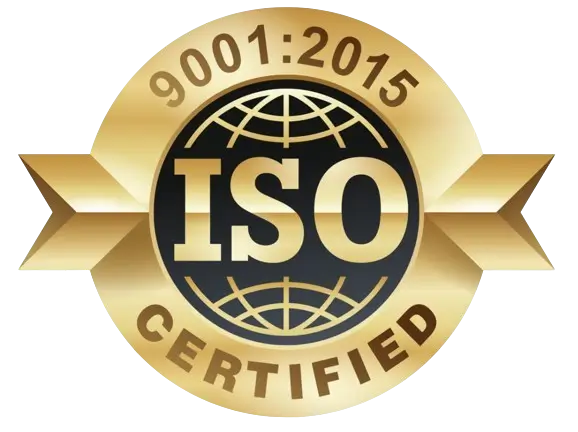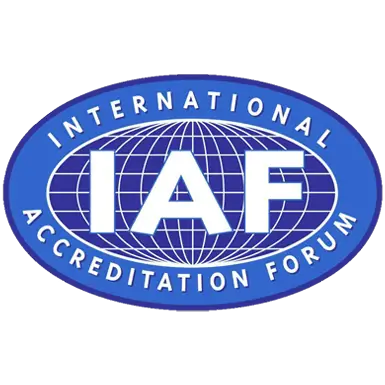Unanticipated vibrations during transit or operation can compromise product integrity, leading to premature failures and unsatisfied customers. The stakes are high—damaged goods, expensive fixes, and a tarnished reputation can derail even the best brands. Without thorough vibration testing, your product could fall short when it matters most.
A vibration testing lab is your solution to these challenges. These specialized facilities don’t just test products, they simulate real-world conditions to uncover weaknesses, enhance designs, and ensure compliance with industry standards.
In this article, we’ll explore what vibration testing labs do, why they matter for your products, and how they can safeguard your reputation. By the end, you’ll understand why skipping this step could cost more than you think.
What is a Vibration Testing Lab?
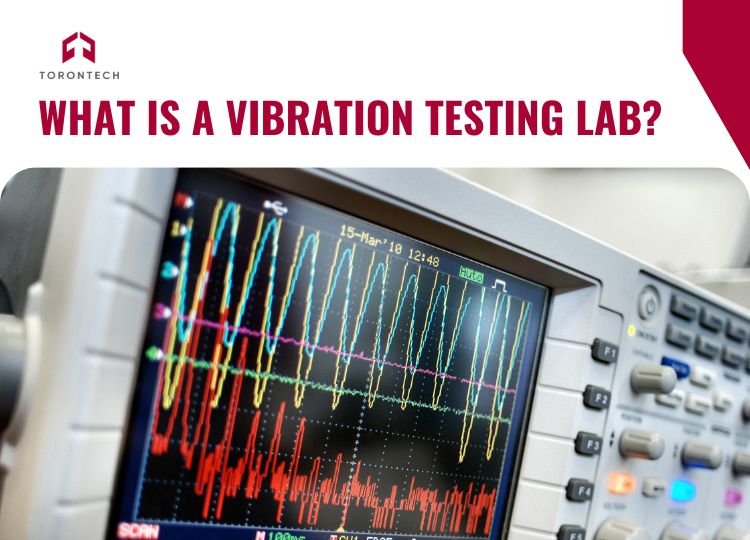
A vibration testing lab is a specialized facility that evaluates how products respond to mechanical stresses caused by vibrations.
These labs replicate real-world conditions—such as transportation bumps, operational vibrations, or environmental stresses—using advanced testing equipment. The goal is to identify vulnerabilities in product design, materials, or packaging before they become costly problems.
Key Equipment Used in Vibration Testing Labs:
- Electrodynamic Shaker Systems: Simulate precise vibration frequencies for industries like aerospace and automotive.
- Mechanical Vibration Testers: Test electronic components under controlled vibrational stresses.
- Shock Test Systems: Measure a product’s resistance to sudden impacts or drops.
- Bump Test Machines: Assess structural durability during repetitive impacts.
- Transportation Simulators: Replicate transit conditions to evaluate packaging and product stability.
Vibration testing labs are not just about meeting technical specifications—they ensure products perform reliably in their intended environments, whether on the road, in the air, or in a consumer’s hands.
Why Vibration Testing is Crucial for Product?
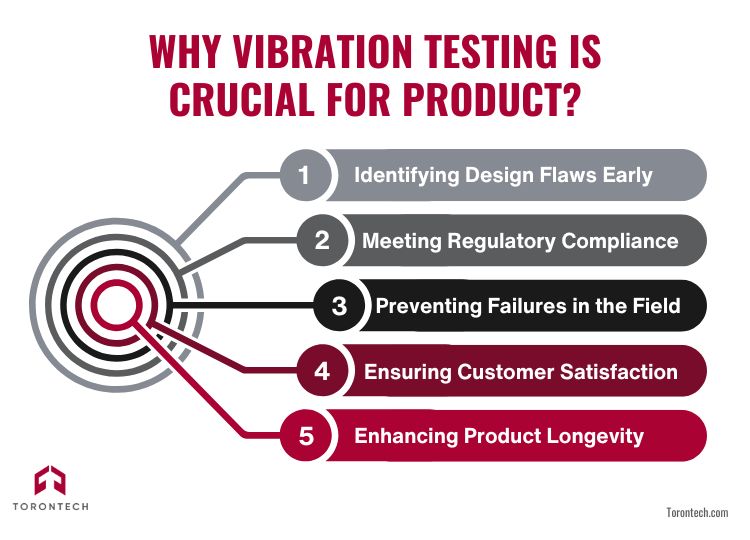
Products face numerous challenges during their lifecycle, from manufacturing to transportation and everyday use. Without proper testing, these challenges can expose weaknesses that lead to failures, costly recalls, and dissatisfied customers. Vibration testing is crucial to ensure products meet durability, safety, and performance expectations.
1. Identifying Design Flaws Early
Vibration testing helps uncover weaknesses in materials, components, or overall product design. By addressing these issues during development, manufacturers can avoid costly redesigns and ensure a product’s structural integrity before it reaches the market.
2. Meeting Regulatory Compliance
Many industries, such as aerospace and automotive, have stringent standards like ISO 9001, MIL-STD-810G, and ASTM that products must meet. Vibration testing labs provide the data and validation necessary to certify compliance, helping businesses meet regulatory requirements and maintain credibility.
3. Preventing Failures in the Field
Unforeseen vibrations during operation or transit can cause products to fail unexpectedly, leading to expensive repairs, warranty claims, or recalls. Vibration testing ensures products are resilient enough to handle these stresses, reducing risks and protecting the bottom line.
4. Ensuring Customer Satisfaction
Products that perform consistently in real-world conditions build trust with customers. Vibration testing helps deliver reliable products, minimizing complaints and boosting brand reputation.
5. Enhancing Product Longevity
Testing for vibration resilience not only prevents immediate failures but also extends a product’s lifespan. By identifying and eliminating potential stress points, manufacturers can create products that endure over time, providing greater value to end users.
In essence, vibration testing is more than a technical process—it’s a vital step in creating robust, reliable products that perform flawlessly in any condition. From design optimization to customer trust, its impact resonates across the entire product lifecycle.
Key Standards for Vibration Testing
Compliance with industry standards ensures that products meet safety and quality requirements. Here are some of the most recognized standards:
- ISO 9001: Ensures consistent quality management and accurate testing processes.
- MIL-STD-810G: Used in aerospace and defense to validate equipment against extreme environmental conditions.
- ASTM Standards: Covers specific testing methods like ASTM D4728 for transport packaging and ASTM E756 for material vibration measurement.
- IEC 60068: Focuses on environmental stress testing, including vibrations, for electronics and components.
- EN 61373: Tests railway equipment durability under rail-induced vibrations.
- UN/DOT 38.3: Ensures lithium-ion batteries can withstand transport vibrations safely.
- ISO 14963: Validates the durability of construction machinery under operational stress.
These standards help manufacturers ensure products are safe, compliant, and ready for demanding environments.
How to Choose the Right Vibration Testing Lab
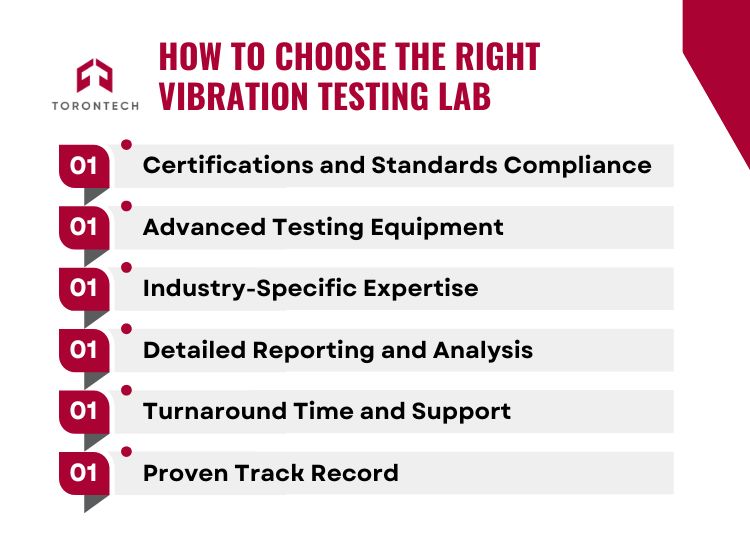
Selecting the right vibration testing lab is critical to ensure accurate results and reliable product performance. Here are the key factors to consider:
1. Certifications and Standards Compliance
Ensure the lab is accredited and adheres to relevant standards such as ISO 9001, MIL-STD-810G, ASTM, and IEC 60068. Certification demonstrates the lab’s commitment to quality and compliance with industry requirements.
2. Advanced Testing Equipment
Choose a lab equipped with modern systems like electrodynamic shakers, mechanical vibration testers, and shock test machines. Advanced equipment ensures precision and accommodates a variety of testing scenarios.
3. Industry-Specific Expertise
A lab with experience in your industry understands unique challenges and standards. Whether you need testing for aerospace, automotive, electronics, or packaging, industry expertise ensures tailored solutions.
4. Detailed Reporting and Analysis
Comprehensive test reports should include clear results, detailed analysis, and actionable recommendations. These insights help refine designs and ensure compliance.
5. Turnaround Time and Support
Consider the lab’s testing capacity and timelines, especially if you have tight schedules. Reliable support during and after testing is also crucial for resolving questions or issues.
6. Proven Track Record
Review testimonials, case studies, or client feedback to assess the lab’s reputation and reliability. Labs with a strong track record inspire confidence in their services.
Choosing a lab that meets these criteria ensures thorough, accurate testing that protects your product’s performance, compliance, and reputation.
Final Thought
A vibration testing lab is more than a facility—it’s a critical partner in your product’s journey to success. By simulating real-world conditions, these labs help businesses ensure their products are durable, compliant, and market-ready.
Whether you’re in aerospace, automotive, electronics, or packaging, investing in vibration testing is a step toward delivering reliable and robust products.
Ready to explore how vibration testing can enhance your product’s quality and market appeal? Choose a partner with the expertise, equipment, and standards to match your needs such as Torontech. We offer an extensive range of Vibration Testing Equipment for your specific needs. Contact us now!

